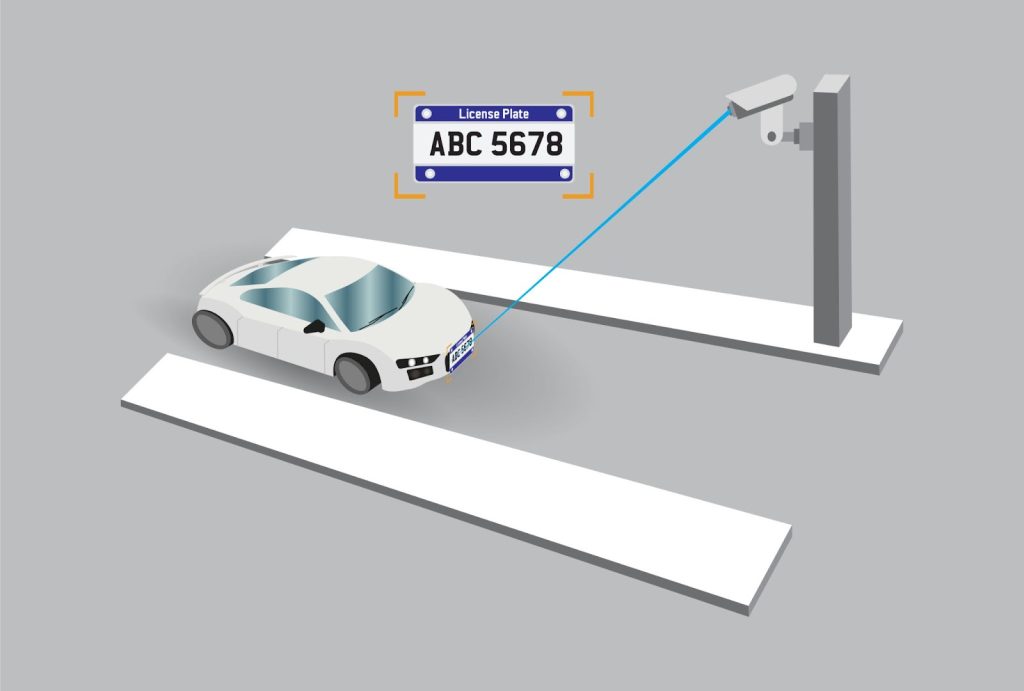Best VR for Cricket Batting Training and Analysis
Best VR for Cricket Batting Training: Learn, Analyze, Improve
The best VR systems are revolutionizing cricket by providing a cutting-edge approach to batting training. Cricket has always been a sport of precision, strategy, and discipline. In recent years, the integration of technology has significantly improved training methods, allowing players to enhance their skills and performance. Virtual reality (VR) is now one of the most effective tools for cricket training, offering players the ability to learn, analyze, and refine their batting techniques like never before.
This article delves into how VR technology is reshaping cricket batting training, the advantages it offers, and why it’s considered the best tool for cricketers looking to elevate their performance.
What Is VR in Cricket Training?
Virtual reality in cricket training involves using advanced VR systems to create a simulated cricket environment. With the help of VR headsets and motion-tracking devices, players can practice batting in a controlled, virtual setting. These systems provide realistic scenarios, allowing players to train against various bowling styles, pitch conditions, and field placements without the need for a physical pitch or live bowlers.
By integrating VR into training routines, cricketers can improve their skills through targeted drills, technique analysis, and repetitive practice.
How Does VR Help in Cricket Batting Training?
- Simulating Real-World Scenarios
VR allows players to face bowlers of varying skill levels, speeds, and styles. Whether it’s a fast bowler delivering at 150 km/h or a spinner testing your footwork, VR recreates realistic challenges. These simulations help players develop adaptability and confidence. - Analyzing Batting Techniques
VR systems record detailed data during training sessions, including bat angles, swing speed, and foot placement. Players can review this data to identify areas of improvement and refine their techniques. Coaches can also use the insights to provide targeted feedback. - Customizing Training Programs
With VR, training programs can be tailored to individual needs. For instance, a player struggling against spin bowling can focus specifically on that aspect of their game. The customization ensures that time and effort are directed toward areas that need the most attention. - Building Muscle Memory
Repetition is key to mastering cricket skills. VR allows players to repeatedly practice specific shots, helping them build muscle memory. This consistency is crucial for developing confidence and improving overall batting performance. - Practicing in Safe Environments
Traditional net sessions carry a risk of injury, especially when facing high-speed deliveries. VR eliminates this risk by providing a safe environment where players can focus entirely on their technique without worrying about physical harm.
Features of the Best VR for Cricket Training
When selecting a VR system for cricket batting training, it’s important to look for specific features that enhance the learning process:
- Advanced Motion Tracking
The best VR systems come with motion-tracking sensors that accurately capture the movement of the bat and the player’s body. This ensures that every shot played in the virtual environment mirrors real-world physics. - High-Quality Visuals
Realistic graphics are essential for replicating match scenarios. Systems with high-resolution displays provide detailed visuals of the pitch, bowler, and ball trajectory, ensuring that training sessions feel authentic. - Comprehensive Analytics
Data collection and analysis are crucial components of VR training. Look for systems that provide in-depth metrics, including bat speed, ball impact points, and timing. These analytics help players and coaches make informed decisions about their training. - Customizable Scenarios
Whether it’s adjusting the speed of the ball or the type of bowler, customization options allow players to focus on specific aspects of their batting. - User-Friendly Design
A lightweight and comfortable VR headset ensures that players can train for extended periods without discomfort.
Benefits of Using VR for Cricket Batting Training
- Efficient Skill Development
Traditional practice sessions often depend on external factors such as weather, availability of bowlers, and access to facilities. VR eliminates these barriers, allowing players to train anytime and anywhere. - Immediate Feedback
Unlike traditional methods, where feedback is delayed or subjective, VR systems provide instant feedback on every shot. This helps players make adjustments in real time. - Cost-Effective Training
Hiring professional bowlers or traveling to specialized facilities can be expensive. VR provides a cost-effective alternative, offering advanced training tools at a fraction of the cost. - Improved Focus and Concentration
Training in a virtual environment minimizes distractions, enabling players to focus entirely on their technique. This leads to better concentration and more effective practice sessions. - Accessible for All Skill Levels
Whether you’re a beginner learning the basics or a professional refining advanced techniques, VR systems cater to all skill levels. The ability to customize training programs ensures that everyone can benefit from the technology.
The Future of VR in Cricket Training
As VR technology continues to evolve, its role in cricket training is expected to expand. Innovations such as artificial intelligence (AI) integration and enhanced motion sensors will provide even more accurate data and insights. Additionally, advancements in wireless connectivity and lightweight designs will make VR systems more accessible to players worldwide.
Future developments may also include collaborative VR training sessions, where players and coaches from different locations can train together in a shared virtual environment. This will open new possibilities for remote coaching and global talent development.
Choosing the Best VR for Cricket Training
To find the best VR system for cricket batting training, consider the following factors:
- Compatibility: Ensure the system is compatible with your existing equipment, such as computers or practice setups.
- Budget: Look for options that provide value for money without compromising on essential features.
- Ease of Use: A user-friendly interface ensures that players and coaches can maximize the benefits of the system.
- Support and Updates: Choose a system backed by reliable customer support and regular software updates.
Conclusion
Virtual reality is transforming cricket batting training, offering players a unique opportunity to learn, analyze, and improve their skills in a controlled and efficient manner. The best VR systems combine advanced motion tracking, realistic simulations, and detailed analytics to provide a comprehensive training solution. For cricketers serious about enhancing their performance, investing in VR technology is a game-changing decision. With the ability to practice anytime, focus on specific techniques, and receive immediate feedback, VR has set a new standard in cricket training. Whether you’re preparing for your first match or honing your skills for professional leagues, VR is the future of cricket training.
learn more about interesting blogs at freshvoicehub












Post Comment